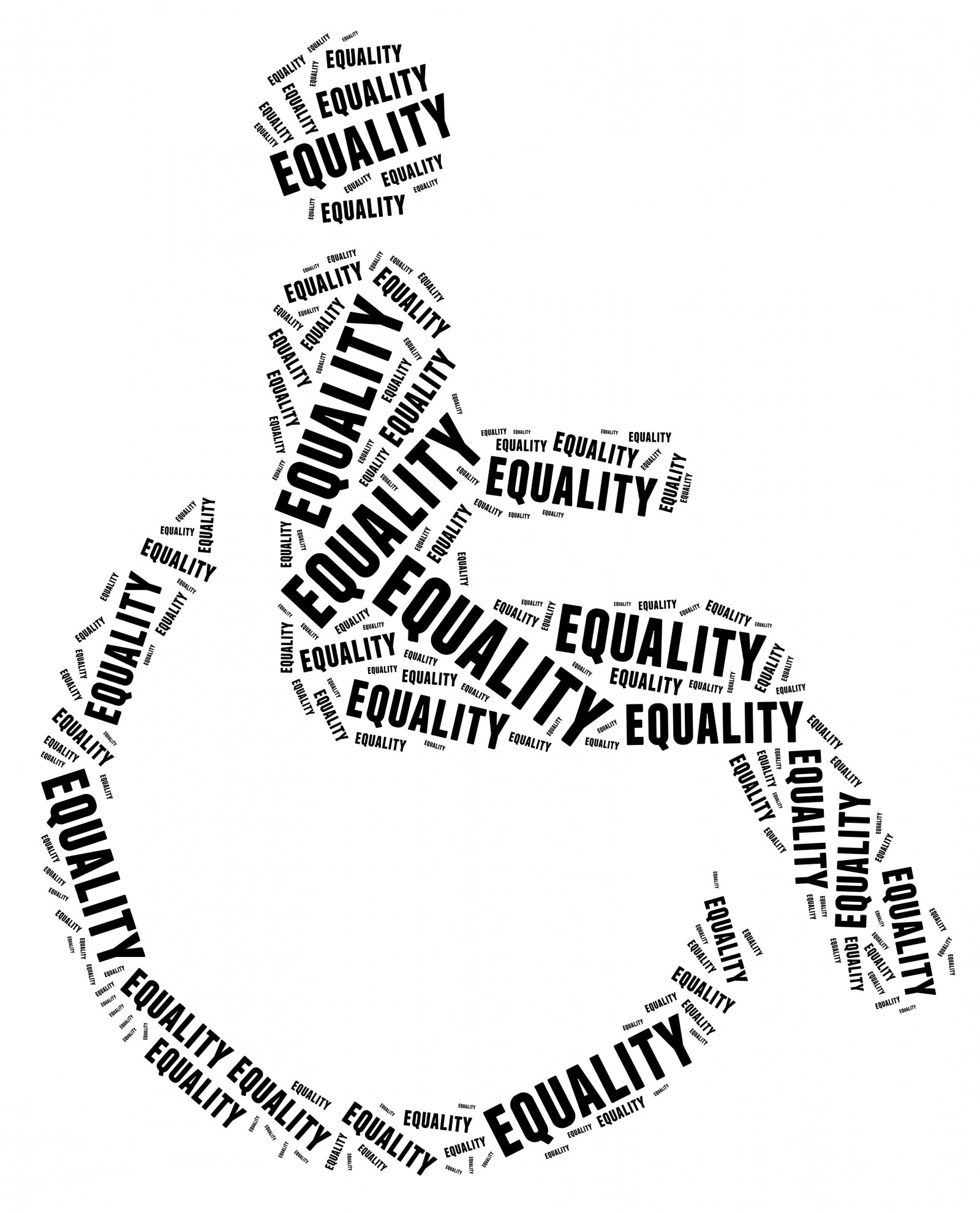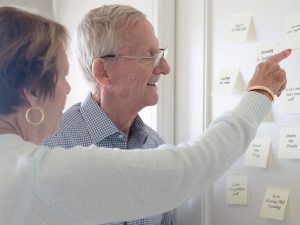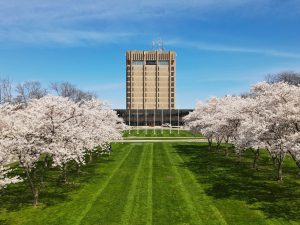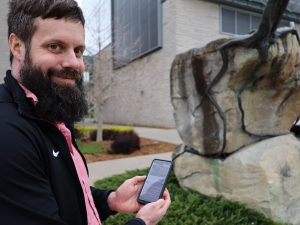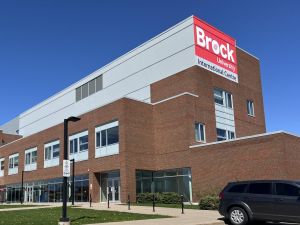Editor’s Note: Access Awareness Week is a yearly celebration to highlight the importance of accessibility and the many ways that it impacts our lives. Each day of this week we will feature an article looking at accessibility in its many forms.
A barrier to accessibility extends far beyond ramps and automatic doors.
Defined most broadly, a barrier is a block between a person or group and the equal enjoyment of rights.
Barriers are a way of explaining systemic and long-term structures of inequality such as wage gaps for women, the employment discrepancies of people with disabilities, negative policing practices or, for example, denying access to marriage.
Barriers that impede people’s ability to participate in society are often entrenched ideas and concepts of what constitutes a group or population, and these assumptions are what can negatively impact policies, decisions and platforms that shape and construct social environments.
While looking at disability, it was this same framework of knowledge that had traditionally led to the construction of buildings without accessible paths of travel, the development of businesses without accessible hiring plans and the delivery of information that did not take into account different learning styles.
When social constructs impact the physical environment, that is a physical barrier. For example, curbs without cuts, elevators without braille, and stairs to voting booths are all physical barriers that work to exclude people with disabilities.
The significance of this is two-fold. Work has to be undertaken to remove social and physical barriers while addressing outdated attitudes to inclusion. Another layer of work has to be undertaken in order to be certain that new barriers are not constructed.
These are the sorts of things that Brock University takes seriously, as the campus has undertaken to rethink its approach to become a welcoming place for everybody.
This links directly to a human rights approach because doing away with outdated attitudes, social stigma and physical barriers is a way to address a breadth of human rights code grounds, not just the stigma faced by people with disability. Human Rights affect all of us, and accessibility is a key factor in our own relationship to these rights.
• This article was written by Chris Lytle and Alana Sharpe
